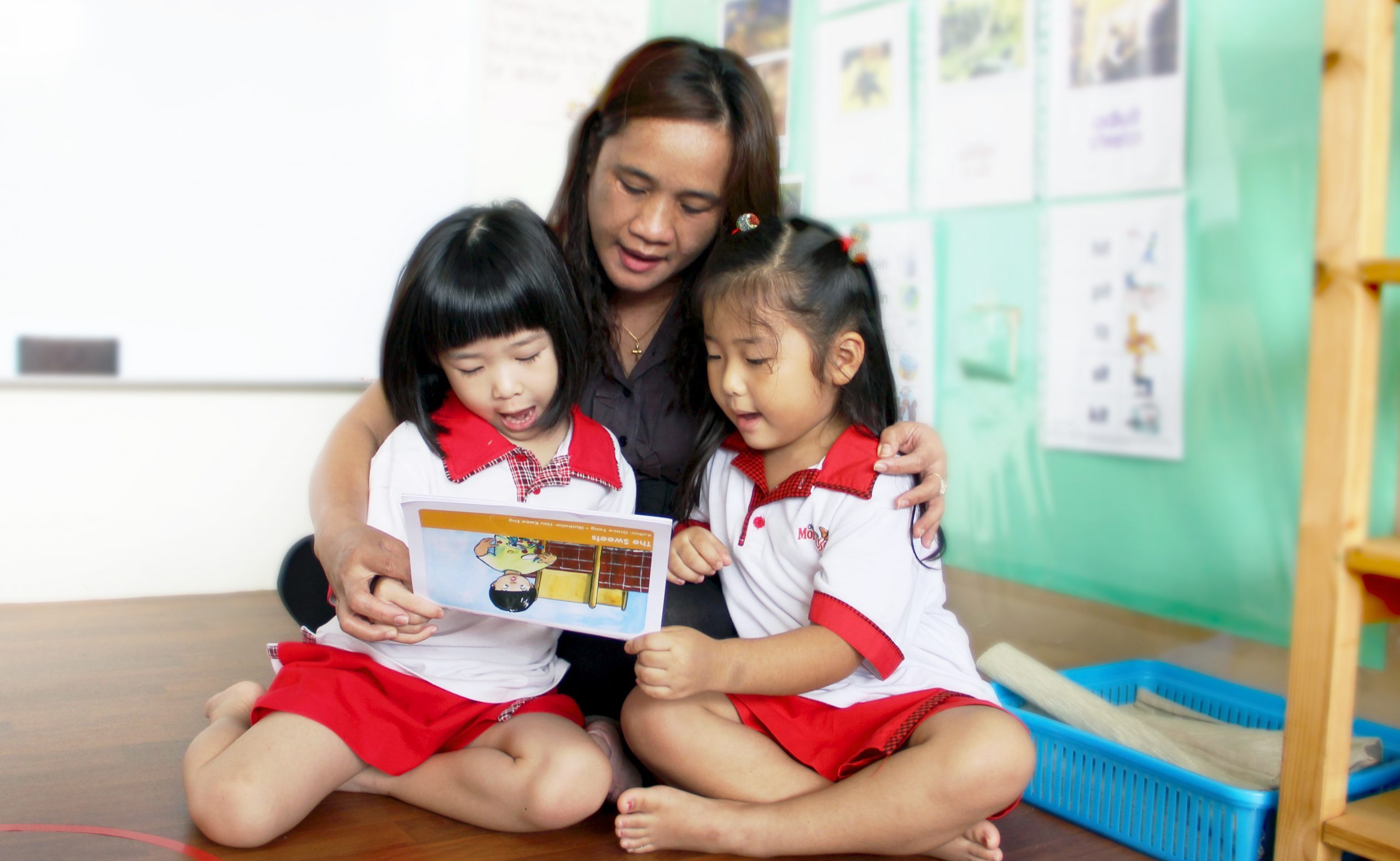Help young children realize their full potential through character education, so they grow up well-rounded and responsible
All parents want the best for their children. This involves not just a good academic foundation but also lessons that shape and build character.
So, besides the “three Rs” of learning (Reading, arithmetic and writing), focus as well on virtues such as respect and responsibility – the “4th and 5th Rs” of learning.
IN THE CLASSROOM
Parents and teachers are role models who play an important part in developing both a child’s academic excellence and moral character.
“As parents and teachers, we want to foster all three parts of character: head heart and hand. We want our kids to know the good, love the good, and do the good,” says Dr Thomas Lickona, a professor of childhood and early childhood education, and director of the Center for the 4th and 5th Rs at the State of University of New York.
Besides language, math and thinking skills, Character Montessori’s preschool programme also cultivates values like attentiveness, respect and responsibility through daily situations and activities. These qualities are best instilled before age six, when children are constructing the foundations of their character and the social world.
LESSONS AT HOME
Character Montessori has also created a Moral Development Chart, adapted from Dr Lickona’s book, Raising Good Children. This helps parents understand how their children think and how to develop their moral character, from birth to adulthood. Character is developed through social interaction and loving relationships, Dr Lickona explains.
Direct and re-direct your child’s behavior and give simple reasons. For instance: “You can’t pull the kitty’s tail – it hurts!”
TRY THIS AT HOME!
As a parent, you’re in the best position to shape the character of your child. Professor Thomas Lickona suggests these simple activities to encourage good character in your preschooler
- Show your child how to use words to solve conflicts, instead of hitting, pushing or grabbing. Teach them to say, “May I have a turn?” or “I don’t like it when you do that.” Role-play different situations and have them practice the desired behavior many times. Then coach him/her in applying this when a real-life opportunity arises. Praise progress and be patient, as new habits take time to develop.
- Select, read aloud and discuss children’s books that teach good character. If you’re having a problem with a particular behavior, choose a book that addresses that issue. For instance, Joy Berry’s Help Me Be Good books address issues such as disobedience, complaining, tantrums. Rudeness and bossiness. Use everyday situations to recall and reinforce the lessons taught by the books. Use the language of virtue (“Thank you for being polite”) to praise when kids demonstrate the desired behavior.
- Remind your child of the desired behavior before you want them to display it (“When it’s time to tell the waitress what you would like, how are you going to say it?” or “When I ask you to put your pajamas on, what are you going to say?”)

